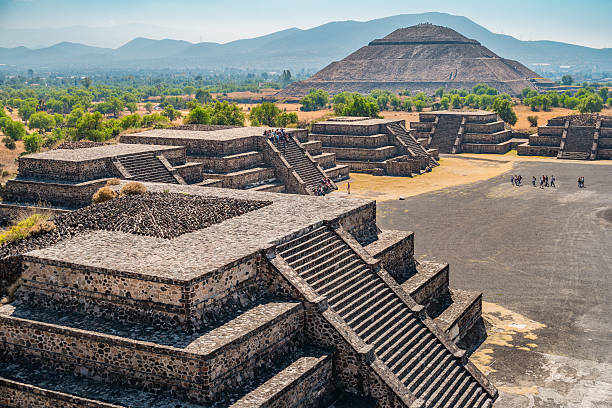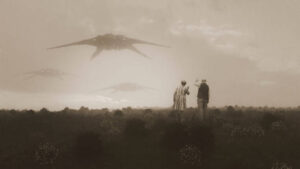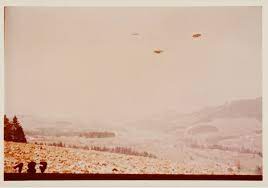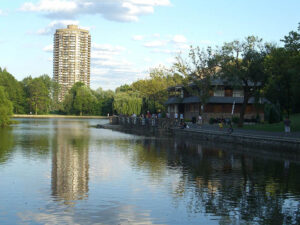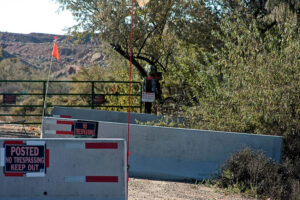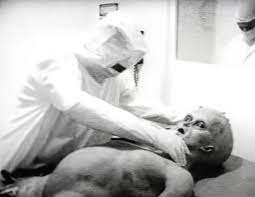Teotihuacan is an ancient Mesoamerican city located in the Basin of Mexico, about 30 miles northeast of Mexico City. It was one of the largest and most influential cities in the pre-Columbian Americas, with a population estimated to have reached over 100,000 people at its peak in the first millennium CE.
The name Teotihuacan means “the place where the gods were created” in the Nahuatl language, and it is believed to have been a significant religious and cultural center. The city is famous for its monumental architecture, including the Pyramid of the Sun, the Pyramid of the Moon, and the Temple of the Feathered Serpent.
The Pyramid of the Sun is the largest building in Teotihuacan, measuring over 200 feet tall. It was built in several stages between 100 BCE and 250 CE, using large stones that were transported from a quarry several miles away. The Pyramid of the Moon is smaller but still impressive, with a height of over 140 feet. The Temple of the Feathered Serpent, also known as the Temple of Quetzalcoatl, is decorated with intricate carvings and sculptures of feathered serpents, jaguars, and other animals.
The layout of Teotihuacan is based on a grid pattern, with a central avenue known as the Avenue of the Dead running from north to south. Along this avenue are many important buildings and plazas, including the Pyramid of the Sun and the Pyramid of the Moon. The city also features many residential and administrative buildings, as well as smaller pyramids and temples.
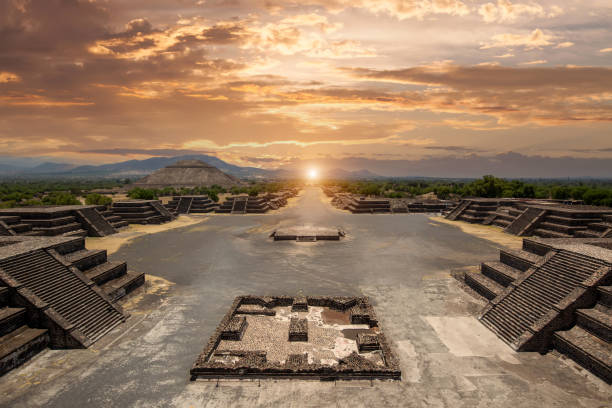
The history of Teotihuacan is still largely a mystery, as there are no written records from the people who built and inhabited the city. However, archaeological evidence suggests that Teotihuacan was a powerful and influential city that controlled much of central Mexico during its peak in the first millennium CE. It was also a center of trade and commerce, with artifacts from as far away as Guatemala and the Gulf Coast of Mexico found in the city.
Teotihuacan began to decline in the 7th and 8th centuries CE, and was eventually abandoned by its inhabitants. The reasons for this decline are still unclear, but may have included political instability, environmental factors, or invasion by outside groups.
Today, Teotihuacan is a UNESCO World Heritage Site and a popular tourist destination. Visitors can explore the city’s impressive pyramids, plazas, and residential areas, and learn about the fascinating history and culture of this ancient Mesoamerican civilization. Teotihuacan is a testament to the ingenuity and creativity of the people who built it, and a reminder of the richness and diversity of human history.

